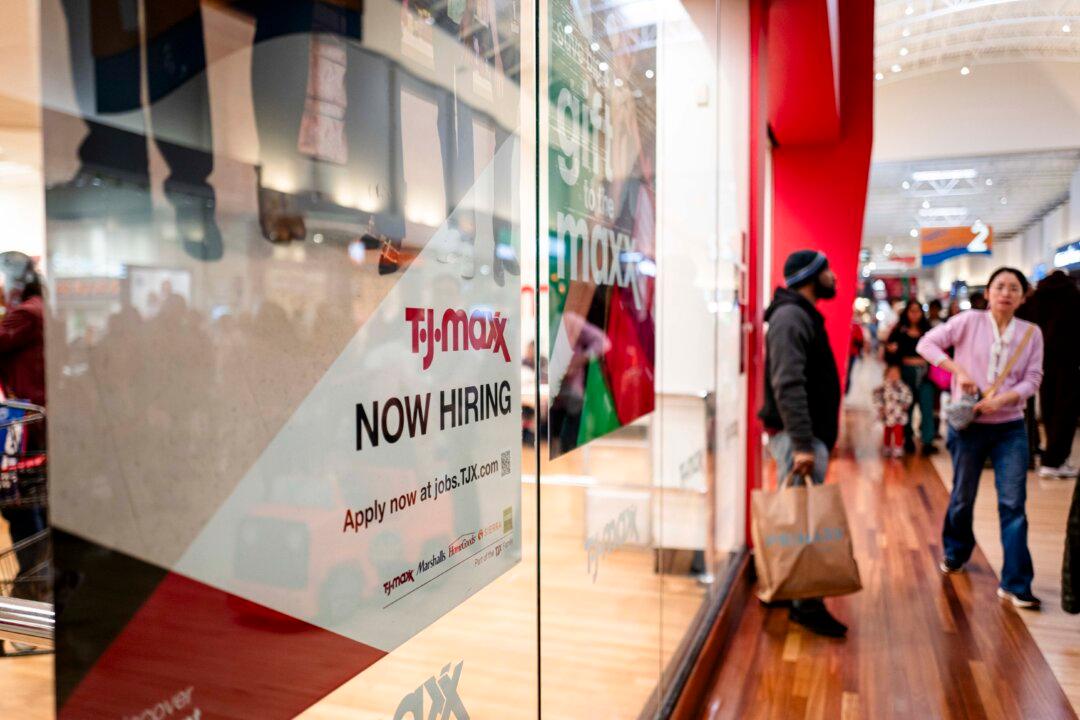The two-year Treasury yield reached its highest level since the global financial crisis as investors anticipate that the Federal Reserve will further tighten monetary policy following the release of hot jobs data on July 6.
In June, private U.S. businesses created 497,000 jobs, the biggest increase since February 2022 and more than the consensus estimate of 228,000, according to the ADP Research Institute’s National Employment Report (pdf).





